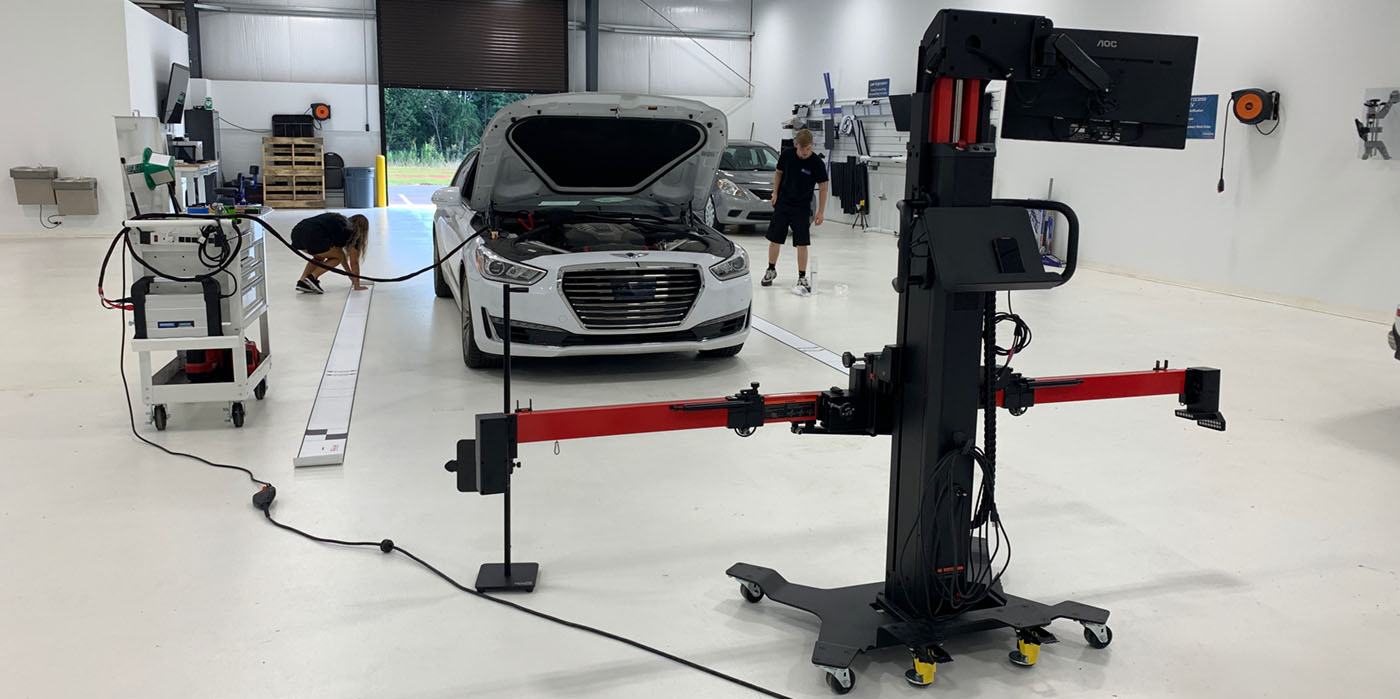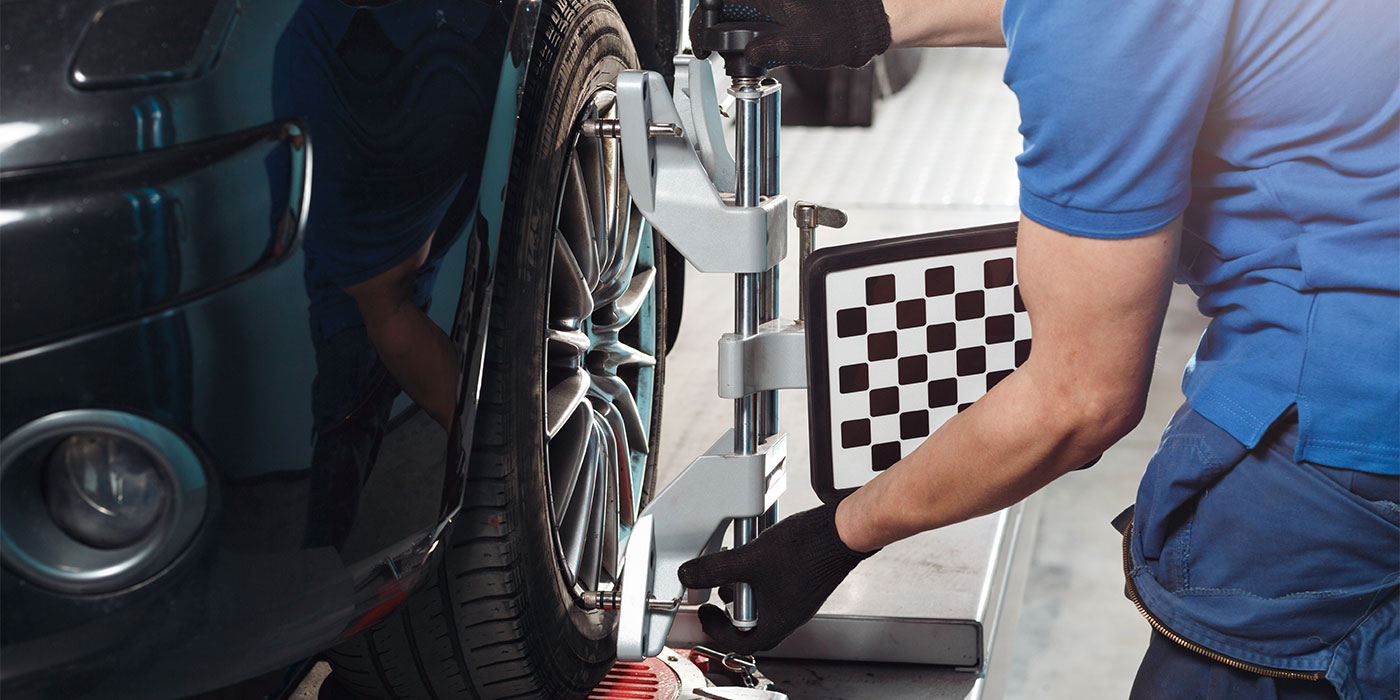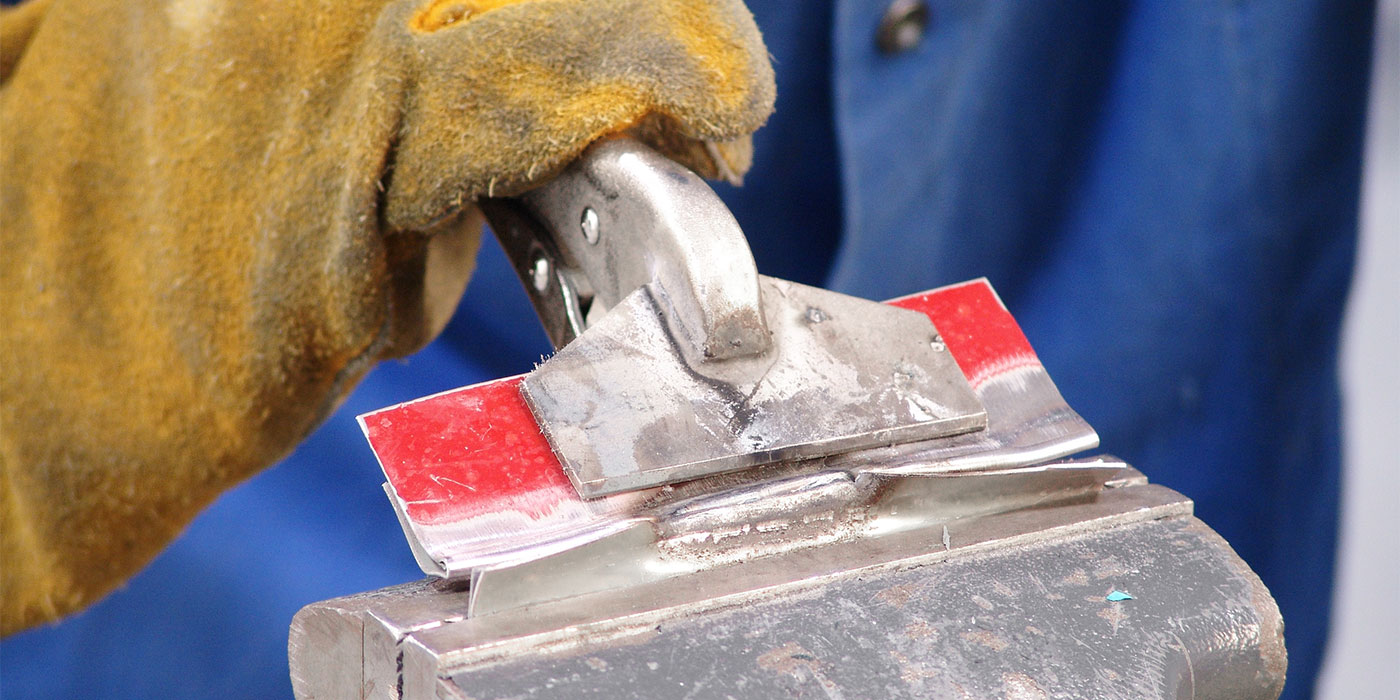Today’s complex vehicles are forcing collision repair facilities to address repair issues they never had to address a few years ago. The diagnostic age is upon us, and without the proper tools, training and information to properly assess and repair these vehicles’ complex systems, your shop may be forced to outsource many repairs that you otherwise could have done.
Today’s modern shop should, at a minimum, consider purchasing a scan tool to access and review system-related faults and issues. Performing diagnostic procedures in your own facility frees you from having to rely on outside businesses to dictate vehicle cycle times, cost factors and related repair warranties.
The reality is that at some point, you’re going to have to research and acquire the tools, training and information needed to deal with these complex problems. The good news is that once you’ve geared up for them, you’ll reap the benefits of additional revenue for diagnostic time and associated components.
This article describes one such issue you may be faced with when working on a 2011 Ford Edge or 2011 Lincoln MKX.
Service Information
Always refer to ALLDATA for safety procedures, identification of material types, recommended refinish materials, removal and installation procedures. Always refer to Ford Motor Company for questions relating to applicable or non applicable warranty repair information.
Condition
Some 2011 Edge/MKX vehicles built on or before Jan. 20, 2011 may experience various issues with the functioning of memory seats/mirrors/columns, such as:
• If the memory positions are not programmed, Easy Entry/Exit may not work.
• With Easy Entry/Exit enabled, the seat may move backward when putting the key in the ignition or may move forward when removing the key from the ignition.
• If the mirror or column is moved via the switch after a memory recall, it may not remain in that position and may instead move to the memory position with the next key in or key out.
• A memory position recall may occur when putting the key in or out of the ignition.
• If the front tilt and rear lift switches are operated together in opposite directions, the seat stops moving.
• Memory seats may not move forward when memory recall is commanded via switch or fob.
To correct these concerns, the driver seat module will need to be reprogrammed.
Repair Procedure
Re-program the driver seat module to the latest software calibration level using the IDS release 71.02A or higher. This new calibration is not included in the VCM 2011.1 DVD. Calibration files may also be obtained at www.motorcraft.com.
NOTE: After reflashing the driver seat module, the soft stops must be reset. Refer to workshop manual section 501-10 Diagnosing and Testing.
Dan Espersen is the ALLDATA Collision Senior Program Manager. He’s a well-regarded collision expert with over 35 years of experience in the automotive industry. He’s a Gold Pin member of the Collision Industry Conference (CIC) and holds an AA Degree in Automotive Technology.
© 2011 ALLDATA LLC. All rights reserved. All technical information, images and specifications are from the ALLDATA Product. ALLDATA is a registered trademark of ALLDATA LLC. All other marks are the property of their respective holders.
© Ford, Edge, Lincoln and MKX are registered trademark names and model designations of Ford Motor Company. All trademark names and model designations are being used solely for reference and application purposes.













